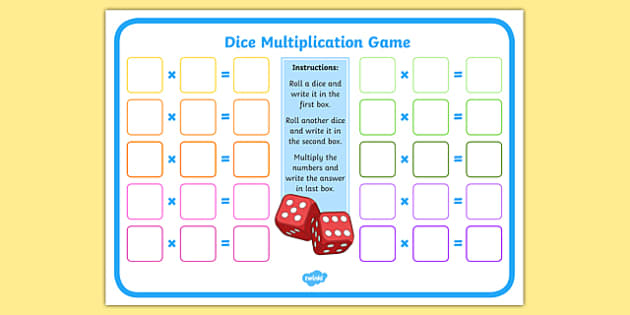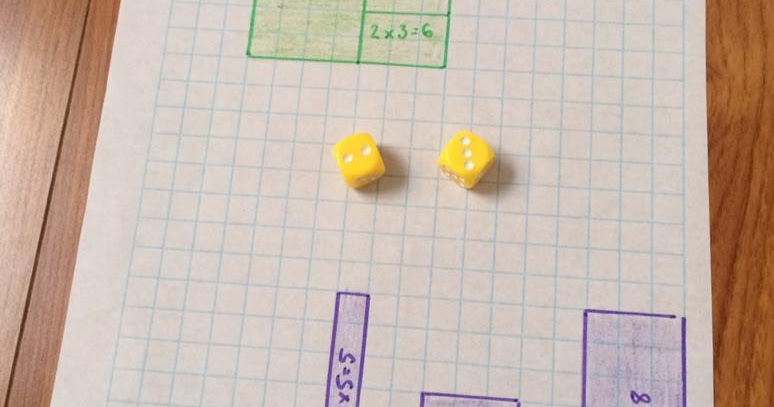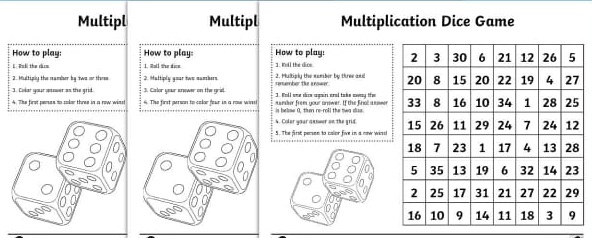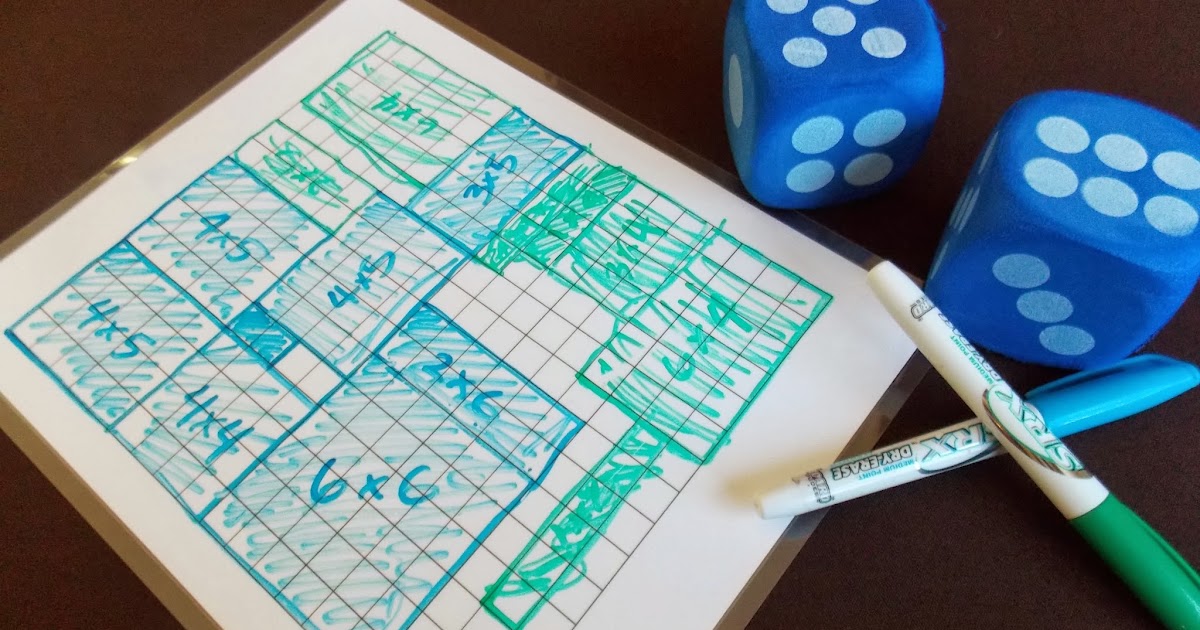Introduction
Mathematics is an essential subject that forms the foundation for many real-world applications, and multiplication is one of its core concepts. While traditional methods like memorizing multiplication tables can be effective, they may not always engage students or keep them motivated. One of the best ways to make learning multiplication more enjoyable is by incorporating dice games.
Dice games provide an interactive approach to practicing multiplication, making learning fun while reinforcing math skills. Whether used in classrooms, homeschooling environments, or family game nights, dice-based multiplication games can enhance fluency, critical thinking, and number sense.
Why Use Dice Games For Multiplication?
Dice games introduce an element of chance that keeps students engaged and excited to participate. The randomness of rolling dice makes every round different, preventing monotony and encouraging repeated practice without feeling like a chore. These games also help students develop mental math skills as they quickly multiply numbers rolled on the dice. Additionally, playing games fosters a positive attitude toward mathematics, reducing anxiety and building confidence. Dice games can be easily modified for different skill levels, allowing both beginners and advanced learners to benefit from them.

Basic Multiplication Dice Games
Simple dice games can be an excellent starting point for practicing multiplication. One of the most basic games involves rolling two dice and multiplying the numbers that appear. For example, if a player rolls a 3 and a 4, they multiply them to get 12. Players can keep a tally of correct answers, making it a fun competition. This straightforward game helps students recall multiplication facts effortlessly while improving their speed and accuracy.
Another simple variation is using three dice instead of two. Players roll three dice and multiply all the numbers together. This increases the difficulty level and encourages higher-level multiplication skills. If a player rolls a 2, 3, and 5, they compute 2 × 3 × 5, which equals 30. This game is great for reinforcing multiplication beyond basic times tables.
Multiplication War With Dice
Multiplication War is an exciting and competitive game that helps students practice multiplication while adding an element of strategy. Each player rolls two dice and multiplies their numbers. The player with the highest product wins that round. For example, if one player rolls a 4 and a 5 (resulting in 20) while the other rolls a 3 and a 6 (resulting in 18), the first player wins. The game continues for a set number of rounds, and the player with the most wins emerges victorious. This game not only strengthens multiplication skills but also improves quick thinking and mental math speed.
Target Number Dice Game
The Target Number game is another engaging way to practice multiplication. In this game, a target number is chosen at the beginning, and players roll dice to try and reach that target by multiplying the numbers they roll. For instance, if the target number is 24, a player might roll a 6 and a 4, achieving the target by multiplying them. If the roll does not reach the target, players can continue rolling and multiplying until they reach it. This game encourages strategic thinking, as students must decide the best multiplication combinations to hit the target.

Dice Bingo For Multiplication
Multiplication Dice Bingo combines the excitement of bingo with the challenge of multiplication. Each player has a bingo card filled with products of multiplication. Players roll two dice, multiply the numbers, and mark the corresponding product on their card. For example, if they roll a 2 and a 5, they mark 10 on their card. The first player to complete a row or column wins. This game is excellent for reinforcing multiplication tables in a fun and interactive manner. Teachers and parents can create custom bingo cards with different difficulty levels, making the game adaptable to various learning stages.
Multiplication Grid Challenge
The Multiplication Grid Challenge is a game that helps students visualize multiplication. A grid is drawn with numbers along the rows and columns. Players roll two dice and find the intersection point on the grid based on the numbers they roll. For example, if a player rolls a 3 and a 7, they find the intersection of row 3 and column 7, marking the product (21) on the grid. The game continues until the grid is filled, and the player with the most correct answers wins. This activity reinforces multiplication patterns and helps students develop a deeper understanding of number relationships.
Multiplication Dice Ladder
Multiplication Dice Ladder is a game that mimics a board game structure. Players start at the bottom of a drawn ladder and roll two dice to determine their movement. Instead of simply moving based on the sum of the dice, players multiply the numbers and advance according to the product. For example, if a player rolls a 2 and a 6, they move 12 steps forward. The first player to reach the top of the ladder wins. This game enhances multiplication skills while adding an element of anticipation and excitement.
Roll And Multiply Story Problems
Incorporating story problems into dice games adds a real-world application to multiplication practice. Players roll dice to determine elements of a word problem. For example, a player might roll a 4 and a 3, and the story could be: “You have 4 baskets, and each basket contains 3 apples. How many apples do you have in total?” Players then solve the problem using multiplication. This approach helps students understand how multiplication applies to everyday situations while improving their problem-solving skills.

Timed Multiplication Dice Challenge
A timed multiplication dice challenge is perfect for practicing multiplication fluency. Players set a timer for a designated period (e.g., one minute) and roll two dice as many times as possible, multiplying the numbers each time. They keep track of their correct answers, and the player with the most correct answers when time runs out wins. This game encourages quick recall of multiplication facts and helps students improve their speed and accuracy.
Conclusion
Dice games for multiplication provide an engaging and interactive way to strengthen math skills. These games promote mental math abilities, improve multiplication fluency, and build confidence in students. The versatility of dice games allows them to be adapted for different skill levels, ensuring that all students benefit from the practice. Whether in a classroom setting, homeschooling environment, or family game night, these games make learning multiplication enjoyable. By incorporating dice games into math practice, students develop a positive attitude toward learning, reinforcing their skills in a way that feels like play rather than work.

